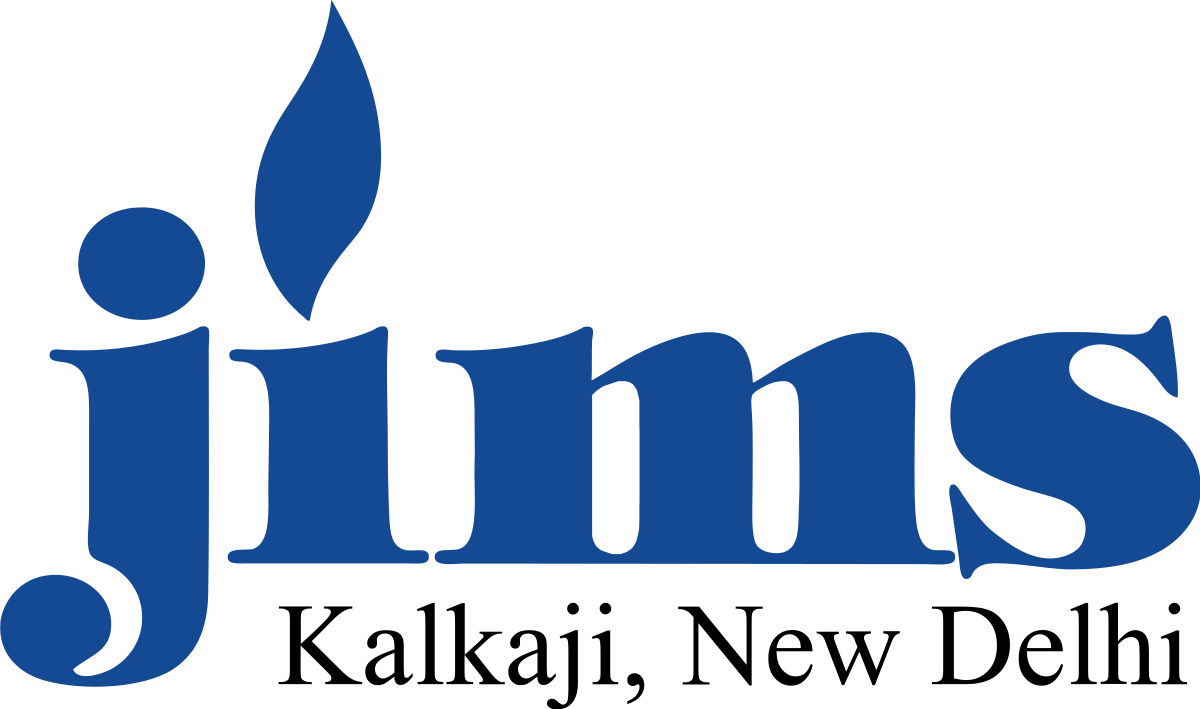
Profit is the driving force for the small, medium as well as conglomerates like TATA, ITC, HUL, Nestle, Amazon, or Google. The profit reflected in Profit and Loss accounts of the firm is a business profit or accounting profit. The accounting profit is a difference in sales revenue and explicit cost or out of pocket cost incurred by the firm on purchase of all resources for the firm.
But Economist while calculating the profit of the firm will also take care of opportunity cost or implicit cost of the firm along with the explicit cost.
The implicit cost of the firm is the value of inputs provided by the owner of the business, including incentives foregone of the entrepreneurial skill deployed in own business or/and the interest foregone on equity capital invested in own business. In other words the tradeoff of not working as a salaried employee for some organization than to invest in your own business is considered an implicit cost.
A multinational corporation is usually faced with different legal, economic, cultural, and tax conditions in many countries in which it operates, so the implicit cost would be to analyze the international taxation and legal challenges faced by the firm than to forego the market share to be gained in the international market. Such considerations will complicate greatly the tasks of a corporation’s managers and create constraints on their actions. However, if management learns to analyze the implicit cost of such additional risks and restrictions, corporations can still pursue the goal of profit maximization with a higher level of sustainability.
Mr. Jeff Bezos, analysis of the high opportunity cost of capturing 100 percent information of the competitors, product and consumers helped the firm to optimize the consumer demand potential in the fast-changing consumer market dynamics with the utilization of 70 percent of the information and move forward towards innovative strategic planning and adapting the new scaling approach to make Amazon reach sales of 296.3Billion USD with an employee workforce of 798,000.
In other words, firms for their long term sustainability can strategize their profitability model by taking care of Economic cost comprising of explicit cost (accounting cost) and implicit cost (opportunity cost) rather than simply relying on accounting costs.
Business or Accounting profit = Total Revenue – Explicit or Accounting Costs
Economic Profit = Total Revenue – (Explicit Cost + Implicit Costs).
Opportunity Cost = Implicit value of a resource in its best alternative use
An implicit cost includes costs not considered by accountants, such as the owners’ time and interest on the capital they contribute to the business. Thus, accounting profit would generally be higher than economic profit. Economists would include opportunity costs in their calculation of costs to compare the opportunity cost of projected business profits and salaries that could be earned from working for others,the interest that could be earned on their own investment rather than investing in the business, and the risk involved in the two alternatives of entering in one market and foregoing the other market.
When doing business in other countries and other cultures, business decision-making becomes more complicated due to foreign currency differentials, legal differences, language, attitudes, the role of government constraints, hence economic profits for a firm can be a more significant factor than accounting profit.
Thus Economic cost includes not only the historical costs and explicit costs recorded by the accountants but also the replacement costs and implicit cost (normal profits) that must be earned on the owner’s resources.
Profit Maximization
The primary objective of the firm (to economists) is to maximize profits other goals include market share, revenue growth, and shareholder value. Different goals can lead to very different managerial decisions given the same, limited amount of resources.
Business profit often incorporates a risk-adjusted normal rate of return on capital ie average profit necessary to attract and retain investment. Firms may gain significant economic profits or experience substantial losses.
Let’s explore Theory of Sales Maximization practiced by firm.
Sales Maximization Theory
Sales maximization is a theoretical objective of a firm which involves selling as many units of a good or service as possible, without making a loss. This means sacrificing some short-term profit with a view to achieving a longer term gain.
Parle G Biscuits in India

One of India’s oldest (1939) and most popular biscuit brands Parle-G ( 1 Billion biscuits per month) recorded its highest sales in company history during the COVID-19-induced lockdown in India. According to Mr. Mayank Shah, Category Head, Parle Products, during the lockdown and the Pandemic year 2020 the Parle group has increased its market share by almost 5 percent. And 80-90 percent of this growth has come from Parle-G sales. The Parle G biscuits in India have kept their price low for price sensitive or elastic Indian consumers and have maintained its significant market share over the decades. Parle-G biscuits also gained higher market share as it was preferred by government agencies and NGOs working to distribute food relief packages to people during the pandemic owing to its economic proposition with a value package of ₹2 besides being considered a good source of glucose.
Conclusion:
The normal return on investment is included as part of profit by businessmen and accountants, but it is part of costs (the implicit costs) by economists. Thus, business profit minus the normal return on investment or implicit costs equals economic profit. It is an economic profit that is important in allocating society’s scarce resources among competing uses.
In determining whether profit levels are excessive in a particular industry we must consider the level of risk in the industry, whether the industry is or is not in long-run equilibrium, the existence of monopoly power in the industry, the rate at which new innovations are introduced, and managerial efficiency practiced at the operational front in an organization.
Prof Dr. Neelam Tandon
Assistant Professor
